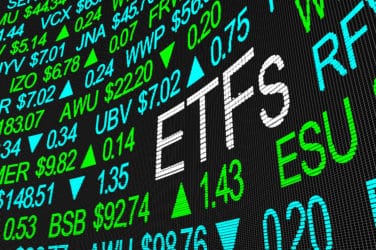
Pension plans are baking risk management into their portfolios in order to ensure that they can fund their liabilities, which can stretch out over many years.
“There are three dominant risks that can cause a plan to become underfunded: equity market risk, declining long-term interest rates, and an unexpected rise in inflation,” said Jim Keohane, president and CEO of Healthcare of Ontario Pension Plan (HOOPP). “That’s why we follow a liability-driven investment approach.”
When assets equal or exceed liabilities, a plan is fully funded. When liabilities exceed assets, a plan is underfunded, which means there may not be sufficient money to immediately meet all of a plan’s future benefits payable. Currently, HOOPP is 104% fully funded.
Under current pension law, at least once every three years, HOOPP is required to determine the funded status of the Plan and file the results with the Financial Services Commission of Ontario (FSCO). However, in the interest of proactive funding management, HOOPP’s practice is to measure the funded status on an annual basis.
“Our portfolio has a two-part structure,” Keohane said. “We try to understand the big risks and neutralize them by owning assets that match that return stream. Liability-hedged portfolio means we mainly own long-term bonds, real return bonds and real estate because these are the assets that best match our liabilities.”
The California Public Employees’ Retirement System (CalPERS) has adopted an asset allocation mix that lowers the CalPERS investment risk but largely keeps its investment strategy unchanged, holding the fund’s long-term assumed rate of return at 7.5 percent.
CalPERS investment portfolio will have a target allocation of 47% to equities, 19% to fixed income, 6% to the inflation-sensitive securities, 12% to private equity, 11% to real estate, 3% to infrastructure and forestland and 2% to liquidity.
“These changes establish a clear window into the future costs of pensions,” said Priya Mathur, vice president of the CalPERS Board. “We recognize that the fiscal environment at the local level is still tight but not taking action will only put costs off to a future day at a greater expense.”
Pension funds, unlike most large institutions, do not equate volatility with risk. “A lot of people measure risk by looking at market volatility,” Keohane said. “That’s not the best measure from our point of view as a pension fund. The assets that track our long-term liabilities most effectively are long-term fixed income assets, which are typically volatile but they track our liabilities very well.”
Because long-term bonds and pension liabilities tend to move in the same direction and magnitude, volatility is generally not a major risk factor. “The duration of our liabilities is longer than the duration of our assets, so our liabilities are much more interest rate-sensitive than our assets,” said Keohane. “Rising interest rates are good for pension funds. The value of the liabilities will drop more than the value of assets when interest rates rise.”
Interest rates are lower than in the past, so can’t decline much. “But even a move from 4% Treasuries to 3% can do a lot of damage if you’re not hedged properly,” Keohane said. “Equity valuations are higher so equity market risk is higher than it’s been, and inflation risk is about the same.”






